Writing about Batman is a task of great difficulty. You have a plethora of emotions battling with a tremendous amount of information, both canon and non-canon, which has evolved into a culture in itself in its history of 80 years, in your mind as if two highly viscous liquids are poured in a barrel to be churned. Especially when its the World Batman Day.
Batman is probably one of those rare characters which can be called great objectively. Even if you happen to be indifferent, unknowing, or uninfluenced by the character or even if you dislike Batman, you can’t ignore the cultural impact Batman has had in our world. Not only that it gave something to the people to be thrilled about, but it also went on to create its own heritage. And the credit goes to the minds of Bill Finger and Bob Kane.
The Batman phenomenon requires one’s complete submission to be understood. The advent of visual media provided the character with new dimensions to explore. I seek an understanding of Batman’s exploration of the cinematic medium, “how he has been approached by the masters in history, and what are the avenues of exploitation?”
Batman started with his first venture in 1943 in Columbia Pictures’ 15-part serial film Batman directed by Lambert Hillyer starring Lewis Wilson as the caped crusader.
For your consideration- Batman: The Killing Joke (2016)
I would prevent myself from making any comment since I am devoid of an original outlook, not having watched the same. But two elements of this adaptation went on to become vital to Batman’s evolution in cinema and hence, are worth noting.
1. Comic book’s version of Alfred, Batman’s everything, was clean-shaven and had an overweight physique. The film established a tacit standard when it portrayed Alfred to be a slim individual with a thin moustache for the actor who played Alfred, Willian Austin, did not pull a Bale back then. It was extremely influential to the mythology as the comic book Alfred was altered post-Batman (1943).
2. It introduced the Bat Cave as well as its grandfather clock entrance.
Columbia Pictures came back with another 15-part serial film Batman and Robin in 1949 directed by Spencer Gordon Bennet and starring Robert Lowery. Unlike its predecessor, this film did not exist as war propaganda.
The first feature film appearance of Batman occur in 1966 in Leslie H. Martinson’s Batman: The Movie, a theatrical adaptation of the popular Batman television series, which starred Adam West as Batman.
This film is like an outdated fashion statement. A representative of the times but repulsive to the current taste. It essentially established and endorsed the brand of Batman. Adam West was comical. His alter ego as Bruce Wayne (one reason I have been addressing the character as Batman before I address him as Bruce Wayne and one reason I term Bruce Wayne as the alter ego because that’s how I find this character to exist. Bruce Wayne died with his parents) created a template for the upcoming portrayals. Adam West served a Batman which was self-conscious. His Batman was proud of his identity as Batman. He did not mind talking, not being mysterious, not emitting a frightening aura, and not being black. West’s Batman was much more comfortable being Batman than all his upcoming reincarnations.
Tim Burton and Sam Hamm visualized a darker personality for the character in Batman (1989) which starred Micheal Keaton in the principal role. Keaton was previously a comic actor and it is nothing less than revolutionary that not only Keaton completely transformed his own career but also created a separate legacy for the character.
His Batman was troubled, intimidating, and stylishly inflexible. Keaton’s contribution to Batman’s cinematic heritage is probably the greatest. His avatar acquired a complete tonal shift as if somebody rewrote the history of Batman in Cinema.
Keaton donned the cowl for a second time in a much darker Batman Returns (1992) which served more to the adults than it did to the children. It was scary and violent to a greater degree. I found Keaton’s second inning to be more profound in nature. Keaton left his signature and invented a legend for Batman’s popularity was waning prior to him.
Three films down and Batman evolved from being campy to being beautiful. I find it to be more of a metempsychosis than metamorphosis of the character.
What follows is rather an ugly commercial play. The tragedy of every art. The distortions derived from greed.
Warner Brothers felt that the sequel to Batman (1989) did not bring enough commercial success and hence, it was decided that the films be made much more mainstream, those which appeal more to the general senses. Joel Schumacher replaced Tim Burton while Keaton parted ways as he did not appreciate the newly adopted vision for the character. Val Kilmer stepped into Keaton’s shoes as Batman in the series’ third instalment Batman Forever (1995). Joel largely replaced the cold tone of the previous films and decreased the subtlety. Kilmer was dealing with more colours while his own act as Batman was rendered devoid of the same since even after being expressive to a greater degree and even after having substantial screentime as Bruce Wayne, he seemed to lack the depth Keaton carried.
I find Kilmer to be, however, enjoyable due to his voice as Batman. I wish I could say the same for the film. If I am to rank Batman’s voices, I would put Val Kilmer right after Kevin Conroy at the second spot.
Scheduling conflicts did not allow Kilmer to return and Batman was now coming in the body of George Clooney in the fourth film of the franchise, Batman and Robin (1997). The film is possibly the one with the greatest impact on Batman in cinema in my opinion. If we prevent our disdainful discussion around Batman and Robin which was quoted to have killed the franchise, we will realize that this destruction allowed the studios to introspect. And the same introspection was also going to redefine comic book films in the time to come.
To analyze how George Clooney fared in his attempt as Batman we will have to separate him from the film. He was not the worst thing about the film. Nor his act was. He doesn’t add anything monumental to the character’s cinematic journey and what he does add is frowned upon, such as his hideous costume. But he doesn’t fail in absolute senses and maintains the idea that all the actors contributed significantly to Batman’s reincarnations in the cinema or at least played Batman honestly if nothing, irrespective of the nature of the films they were a part of.
The disaster of Batman and Robin led to the cancellation of all the future projects which also included the creation of a DC cinematic universe. Once bitten, twice shy. Warner Bros. considered a number of storylines to be adapted into a Batman film before bringing Christopher Nolan on board for a reboot. Batman Begins happened in 2005 with Christian Bale playing a character that was a byproduct of Nolan’s grounded aspirations for Batman in a story that took inspiration from the graphic novel Batman Year One and maintained its own uniqueness. Batman existed in the most human form in Bale. He was fearful as much as he induced fear. You could not expect him to be out worldly. You could root for this version of Batman in the most personal way as he was trying to become Batman rather than being one already. Nolan’s Batman was set in the real world and his Batman not only traced its own origin but also trod the path of self-exploration. Bale excelled in all parameters and provided new dimensions to the character, especially as Bruce Wayne. He became the Batman we can fall in love with, the Batman we deserved and needed both.
Bale returned for Begins’ sequel The Dark Knight in 2008 as a complete fully realized Batman. The mythology was successfully established and The Dark Knight became the best Batman film of all times and arguably, the best superhero film as well. The Dark Knight created a cultural icon from Batman. Even though much of it can be attributed to the exemplary character development, especially of the Joker which reached its zenith of greatness in this film, and its incredible storyline that intertwined intense philosophies in the screenplay possessing some strong metaphors inherently that allowed a potent ground for Batman to exist, one cannot deny that Batman got refined in the course of the film. He was constantly challenged by a dominating aura of Harvey Dent and was constantly dominated by the susceptibility of Joker, and yet his shine was there. He existed with essentiality. An unstoppable force met an immovable object and we, as an audience, felt the shockwaves. Batman became Gotham’s guardian but was made redundant by the Joker. Joker left a peaceful society but one which was equally vulnerable.
Highly Recommended Read: Joker In Cinema
The third instalment and the conclusion to Nolan’s Batman world proved to be the most important film as far as the character development of Batman was concerned. Bale once again reprised his role as Batman. He had a mammoth responsibility in his hands. He had to portray a totally broken hero who has lost much of his spirit. The Dark Knight Rises (2012) proved to be for Batman what The Dark Knight was for Joker. Batman reached its zenith of cinematic greatness in this film. TDKR explored some obscure avenues to carve a hero from the character. And Bruce Wayne had a large part to play in the process.
Batman totalled 10 live-action cinematic appearances through 7 different actors by TDKR. With the conclusion of The Dark Knight Trilogy came the DC Extended Universe which rebooted Superman and introduced Batman once again in Man of Steel’s much-awaited sequel Batman v. Superman: Dawn of Justice (2016). BvS sketched the dark knight by taking inspiration from Frank Miller’s Batman in The Dark Knight Returns comic books. Frank Miller is to Batman was Alan Moore is to Joker. Miller’s Batman is old, retired, mature, less agile but angrier. Ben Affleck was honoured with the responsibility to portray Batman. Affleck’s Batman, popularly known as Batfleck, was angry and mature much like Miller’s and had a 20 years experience of being the Bat. Looking at Batfleck alone one realizes that this version of Batman had the maximum amount of potential. Batfleck came closest to the Batman from comics in terms of appearance and abilities. Ben Affleck surprised everyone with his brilliant performance, effectively redeeming his own image since Daredevil. Even when the movie failed to come anywhere close to the previous films, Batfleck did not let people miss Bale’s Batman. He reprised the role in a brief appearance in Suicide Squad (2016) which did not deviate from what was established.
The history of disaster repeated itself with the character with Justice League (2017) as Joss Whedon nearly rebooted the tone of the universe in his attempt, much like Schumacher’s Batman Forever. Batfleck was given jokes to mouth, was made to smile more, was made to wear a lightened suit and was weakened as the character itself. It took a toll on the character’s existence in DCEU leading to the cancellation of the prospects.
The cinematic avatars of Batman exhaust here if we don’t consider Batman’s appearance in animation films, video game films, and fan-made films.
Batman is coming again in The Batman (2021) in the body of Robert Pattinson. The project is being conceived and directed by Matt Reeves and the film is hugely anticipated per se. Batman’s alter ego Bruce Wayne is making a brief appearance in the upcoming Joker as a part of DC Black and is being played by Dante Pereira-Olson.
From what I have understood of Batman, the VIBGYOR of the existence of a live-action Batman must be:
1. The voice: Two distinct voices. Batman’s voice must be heavy, intimidating, and one that masquerades pain and torment in confidence. Kevin Conroy is the perfect Batman voice followed by Jason O’ Mara. Will Arnett did a noteworthy job in the Lego Batman film. Val Kilmer excels everyone in the live-action films followed by Ben Affleck. That being said, I am personally intrigued with Rajesh Khatter as the voice of Batman, having heard him in the Hindi dubbed versions of the film. I am in my perfect senses when I say that he comes close to Kevin Conroy but alas, he’s neither English nor American.
2. The invincibility, vulnerability, and incorruptibility: Batman isn’t invincible but comes out to be. And this must exist in a blend with his vulnerability which sets contrast and brightens the character. Batman can be forced to doubt and can retire as well, but can never be corrupted.
3. The symbolic identity: Batman is more of an idea than a man.
4. The allegory: Batman is not seeking vengeance. He is not serving his appetite for vigilantism. He is trying to clean Gotham. And in him exists lessons on how to rise above limitations and how to strive for the good.
5. The ability to work through pain: Batman can work beyond human capabilities because he can overcome his pain. I personally recommend one of the finest takes on Batman in the animation film Batman Gotham Knight (2008) to completely understand Batman.
6. The gadgets, the Batmobile, the Bat symbol.
7. The black: Black is essential to Batman. It can be occupied with grey, violet, or even yellow.
Batman continues to excite us and he always will. From being a character to being a cultural icon, Batman has come a long way and has a long way to go.
Thank you for reading, Happy Batman Day.
*The live-action television and animation films appearances have been excluded from the analysis.
Note: My introduction with Batman happened with Justice League: The Animated Series but it was only in my infancy. It took a The Dark Knight Rises for fully enchanting me into the world of Batman. That was the first Batman film I had seen. I went on to see The Dark Knight and then, Batman Begins. Watching the trilogy in reverse might sound insane and I have no idea why I did it but I am quite sure I have an experience which no one else does. I have since watched the entire trilogy innumerable times to fully grasp it. The Dark Knight continues to remain my favorite Batman film while Batman Gotham Knight and The Dark Knight Returns II come second collectively.


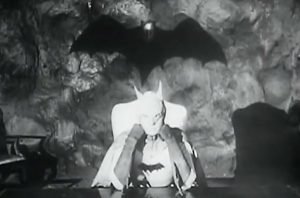
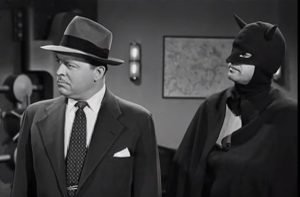
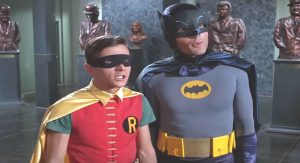

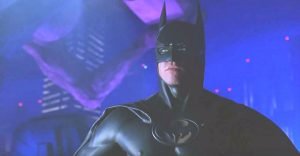
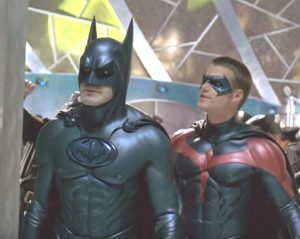
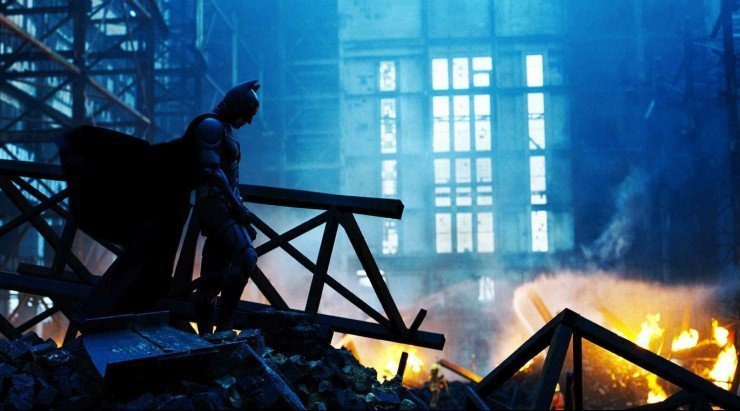
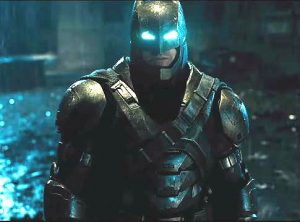
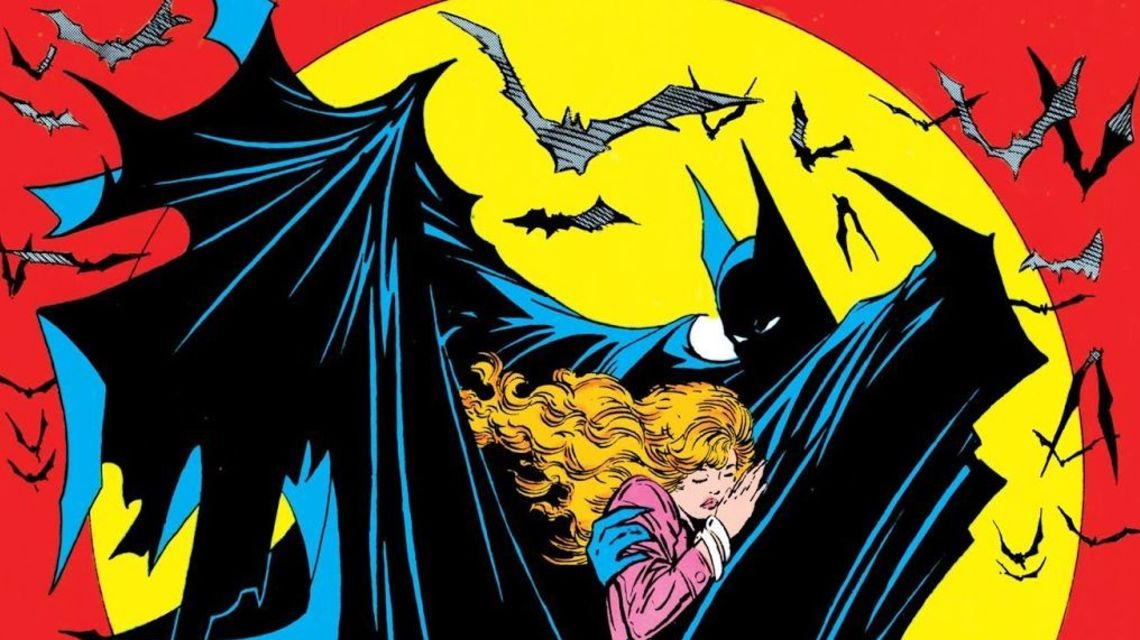


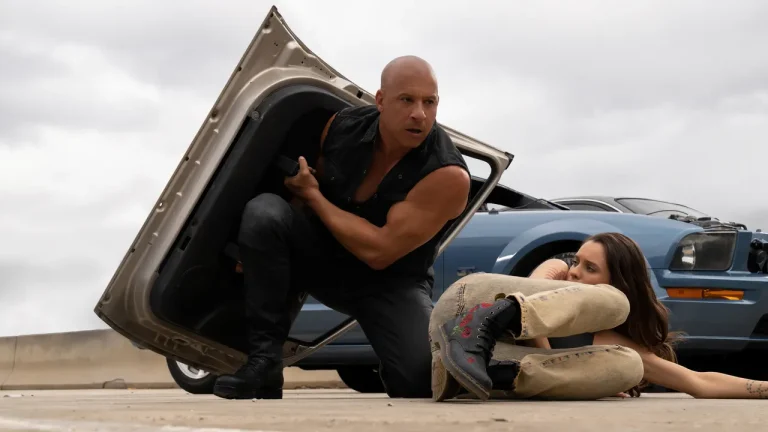
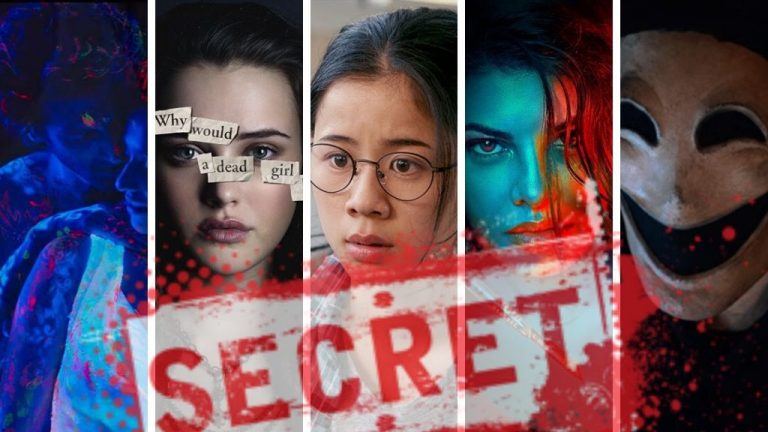
![Kavaludaari [2019] Review – A layered Murder Mystery from the writer of Andhadhun](https://79468c92.delivery.rocketcdn.me/wp-content/uploads/2019/05/Kavaludaari-2019-High-On-Films-768x430.jpeg)
![Paddleton [2019] Review – A Bittersweet bromance](https://79468c92.delivery.rocketcdn.me/wp-content/uploads/2019/03/Paddleton-2019-Netflix-High-On-Films-768x432.jpg)
![Asuran [2019] Review – A Viscerally Intense Drama on Caste Discrimination](https://79468c92.delivery.rocketcdn.me/wp-content/uploads/2019/10/Asuran-2019-768x427.jpg)
![Jojo Rabbit [2019] ‘TIFF’ Review: Hop Along on this Journey](https://79468c92.delivery.rocketcdn.me/wp-content/uploads/2019/10/jojo-rabbit-tiff-review-768x384.jpg)